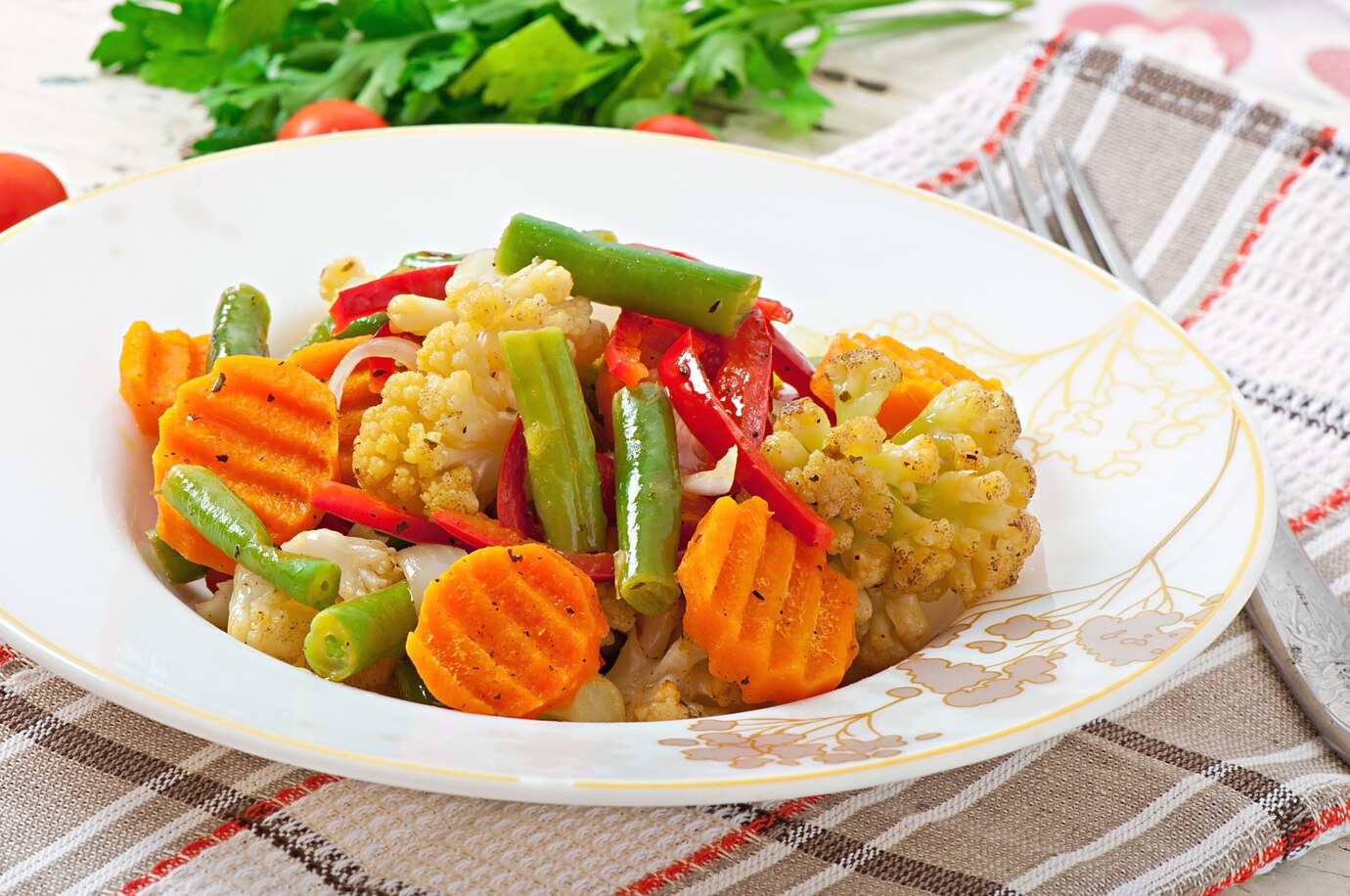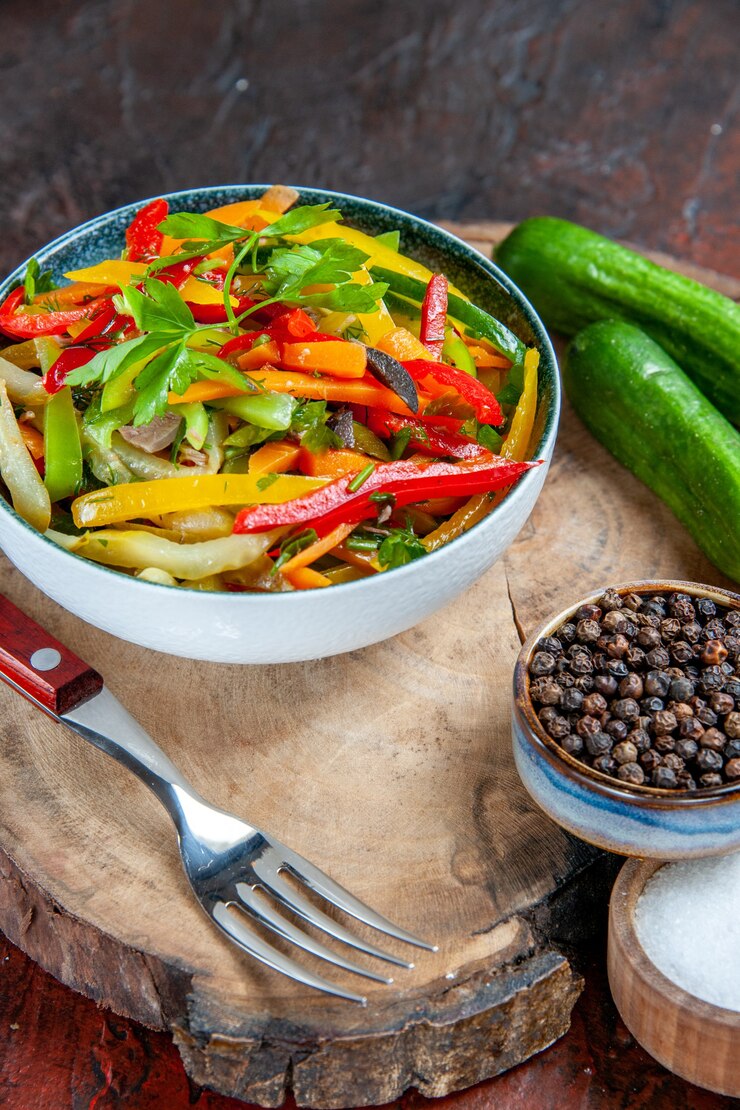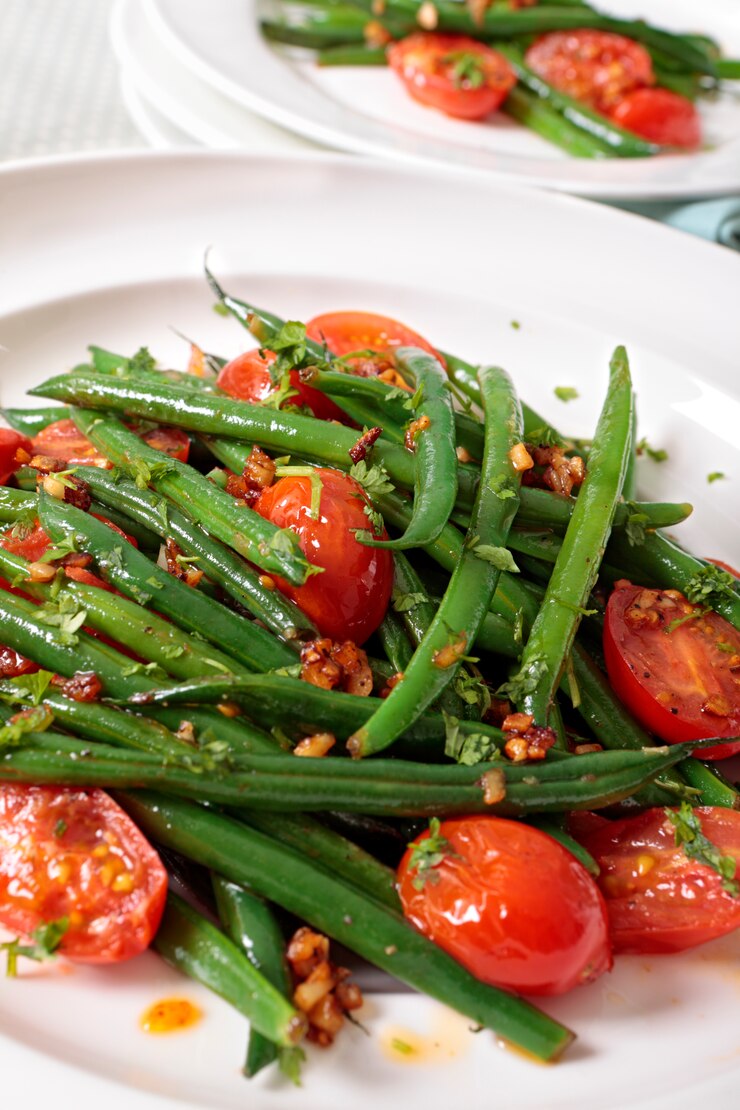Cooking methods significantly impact the nutritional value of vegetables, but it's not as simple as raw vs cooked. While prolonged exposure to high heat can degrade certain nutrients, cooking also enhances the bioavailability of others—making them easier for the body to absorb.

For example, cooked tomatoes release more of the cancer-fighting antioxidant lycopene, and cooked carrots provide more absorbable beta-carotene. Roasting vegetables like pumpkins, carrots, and sweet potatoes boost their carotenoid content—powerful antioxidants that help combat inflammation.
The Best Cooking Methods
The shorter the cooking time, the more nutrients remain intact. That’s why steaming and microwaving are among the healthiest options. They preserve nutrients well and require no added fat.
Blanching, or briefly boiling vegetables for a minute or two, is another good method. However, prolonged boiling can cause water-soluble nutrients like vitamin C, B1, and folate to leach out into the water.
Balancing Nutrition and Flavor
A little fat can go a long way—not only enhancing flavour but also aiding in the absorption of fat-soluble vitamins:
- Vitamin A (found in squash, carrots, and sweet potatoes)
- Vitamin D (from mushrooms)
- Vitamin E (in bell peppers, leafy greens, and asparagus)
- Vitamin K (in greens, broccoli, and onions)
For sauteing, use medium heat with a small amount of oil—just enough to prevent sticking. Roasting requires a bit more oil but enhances flavor through caramelization while still preserving many nutrients.

At the end of the day, the healthiest way to eat vegetables is the way you enjoy them most. As dietitian Amber Pankonin puts it: "Flavour is king. I'd rather see people roasting and loving their vegetables than boiling them into mush."






